Decades in service: mortar 2B11
Successful weapon designs can remain relevant and undergo modernization for decades. A good example of this is the domestic 120mm mortar 2B11. It was adopted more than 40 years ago and is still actively used by the troops. The combat characteristics of the mortar were increased through the introduction of new ammunition and auxiliary means, and in addition, weapons complexes were built around it.
Decades in service
The promising 120-mm mortar 2B11 was developed in the late seventies by the Nizhny Novgorod Central Research Institute "Petrel" (now part of the NPK "Uralvagonzavod"). The objective of the project was to create a new regimental mortar with enhanced performance to replace the existing PM-43 and M-120 products.
The basis for a promising weapons took an older mortar PM-43. Its design was seriously redesigned, introducing modern materials and replacing some components. Then, based on the resulting 2B11, new complexes and systems were developed.
In the early eighties, the 2B11 mortar and related developments passed the necessary tests. In 1981, it was put into service - as an independent weapon and as part of the 2S12 "Sled" towed complex. Soon mass production began, aimed at re-equipping the mortar units of the regimental artillery. The simplicity and cheapness of the design made it possible to carry out such a transition in just a few years.
The production of 2B11 mortars continues to this day, and they regularly receive news on the delivery of the next batches. So, on July 20, the Rostec state corporation reported that the Burevestnik Central Research Institute sent a new batch of towed mortars with a removable wheel drive to the army.
Products 2B11 are regularly used during training and exercises. In addition, sometimes they become a kind of sports equipment. For several years now, they have been used in the "Masters of Artillery Fire" competitions as part of the International Army Games.
For four decades, 2B11 / 2S12 services have been repeatedly used for their intended purpose in armed conflicts. The first was the war in Afghanistan. Then such weapons were used in both Chechen wars. As part of the current Special Operation for the Defense of Donbass, mortars are actively using such weapons, compatible ammunition and controls to inflict fire damage on the enemy.
Simple construction
As befits a mortar, the 2B11 has a simple design, but is distinguished by high combat and operational characteristics. In addition, with the help of various means and systems, an additional increase in key indicators is provided - mobility, accuracy of fire, etc.
2B11 is built according to the traditional scheme of an imaginary triangle. Structurally, it is divided into a trunk with associated nodes, a biped and a base plate. The mass of the product without additional devices is 210 kg. In disassembled form, the mortar can be transported by various vehicles. There is also a wheel drive for towing without disassembly. The mortar is serviced by a crew of five people.
The main part of the mortar is a smooth barrel of 120 mm caliber, 1740 mm long (14,5 klb). The muzzle of the barrel is equipped with a double-loading protection mechanism. It does not allow you to send a mine into the barrel until the previous one comes out of it. A firing mechanism is fixed on the removable breech, the descent is made by a lever, incl. with a cord.
Mortar 2B11 is equipped with a curved conical base plate with carrying handles. A biped with screw mechanisms for horizontal and vertical aiming is also used. Without moving the biped, horizontal guidance is provided within 5 ° to the right and left of the neutral position. With permutation - circular. Elevation angles vary from 45 to 80 degrees.
The mortar gunner uses an MPM-4M optical sight and manual aiming drives. He receives data for firing from the gunner of the battery, who has at his disposal regular means of control and communication.
2B11 is capable of using all existing domestic mortar mines of 120 mm caliber. It is also compatible with foreign ammunition of the same caliber. The main ammunition is high-explosive fragmentation mines of various types. There are also smoke, lighting and other shots. Depending on the propellant used, the mines are fired at a distance of 480 to 7100 m.
There is also a 120-mm adjustable mortar mine KM-8 "Gran". This product is distinguished by the presence of deployable stabilizers and rudders, and also has a laser homing head. For the use of the "Frontier" laser illumination of the target is required, to which the GOS responds. The maximum firing range of such ammunition is 9 km. KVO does not exceed a few meters.
Ways of development
Despite the simplicity of the design, ways to improve it were found. So, during the modernization, the mortar received a modified base plate, a quick-release firing mechanism, etc. Such a mortar retains all the main characteristics and capabilities, but is easier to manufacture and operate.
Back in the early eighties, the 2S12 Sani complex was created. In addition to the mortar, it includes a 2L81 wheel drive - a special two-wheeled cart with mounts for the 2B11 product. The complex also includes a 2F510 transport vehicle - a GAZ-66 truck, Ural-4320, etc. The wheeled mortar and ammunition are transported in the side body of the vehicle and lowered / raised using a winch. Also, a truck can tow a mortar with certain speed limits.
The MT-LB machine can be used as a tractor. Also, on its basis, a self-propelled mortar "Tundzha-Sani" is being built. The weapon is mounted on a special installation in the aft compartment of the hull. Shooting is carried out through an open hatch in the roof.
Some foreign countries produced their own versions of the 2B11 mortar and complexes based on it. So, copies of the mortar and the Tundzha-Sani complex were produced in Bulgaria. Kazakhstan, together with Israel, developed the Aibat complex. In this project, the barrel from 2B11 was used with an automated CARDOM installation; together they were placed on the MT-LB or on the BTR-70.
Proven benefits
The 2B11 mortar in various versions has been in service with our army for more than 40 years. In addition, it is used in a dozen foreign countries. Such a long service life confirms the high performance and overall potential of this weapon. In addition, compliance with the current requirements for such systems is demonstrated and the potential for modernization is visible.
2B11, like other mortars, combines simplicity of design, low cost and ease of use. The 120 mm caliber allows you to get a long firing range, and also provides a high power of ammunition. At the same time, mines of various types can be included in the ammunition load of the mortar, incl. manageable, which makes it a tool for solving a variety of tasks.
The characteristics and capabilities of the mortar can be improved with additional funds. So, the battery gunner can use modern means of navigation, communication and control. The integration of a mortar unit into the Unified Tactical Control System makes it possible to increase the data transfer rate and performance, as well as to increase the accuracy of aiming and fire.
The mortar can be used separately or as part of complexes, such as "Sani" or "Tundzha-Sani". In this case, the mobility of the battery increases sharply and the solution of the fire mission is accelerated. At the same time, the risks associated with enemy return fire are reduced.
Contemporary pattern
Thus, the 2B11 mortar, despite its considerable age, remains a modern weapon and is able to solve all the tasks with the required level of efficiency. Its design still gives the desired performance and meets the requirements. At the same time, there is and is being used the possibility of improving the mortar as a complex through the introduction of new ammunition, systems and devices.
It can be expected that in the short and medium term, the 2B11 mortar and systems based on it will retain their place in our army. At the same time, the processes of their development will continue. New controls, platforms, ammunition, etc. again improve the characteristics of the mortar - and help the development of ground artillery in general.
- Ryabov Kirill
- Ministry of Defense of the Russian Federation
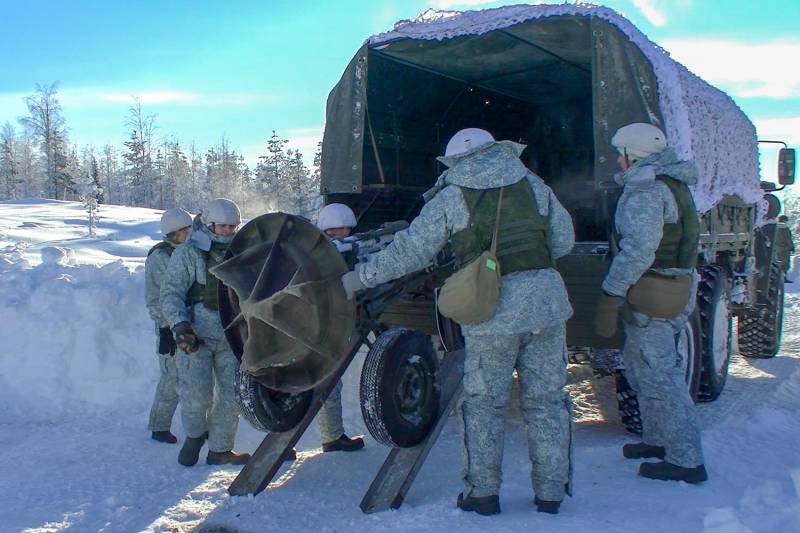
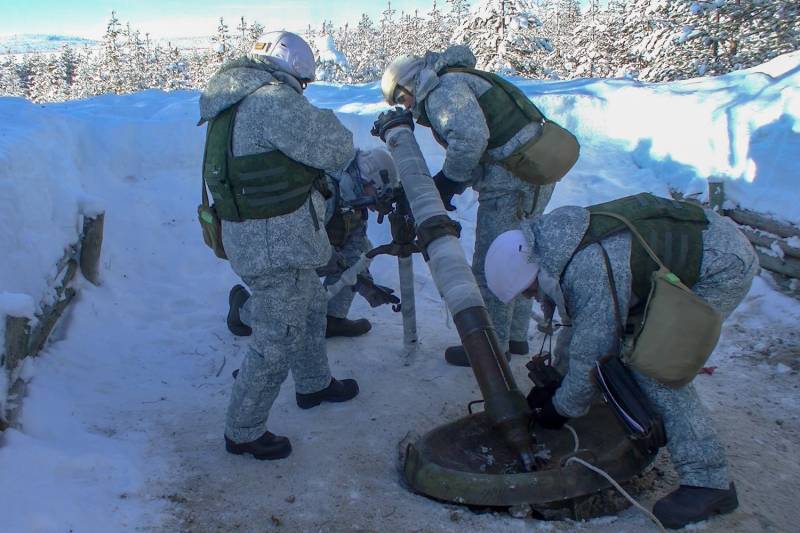
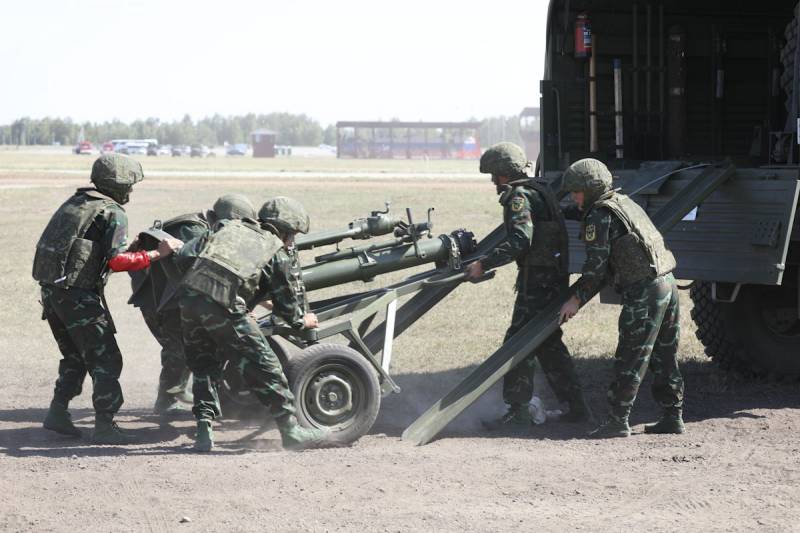
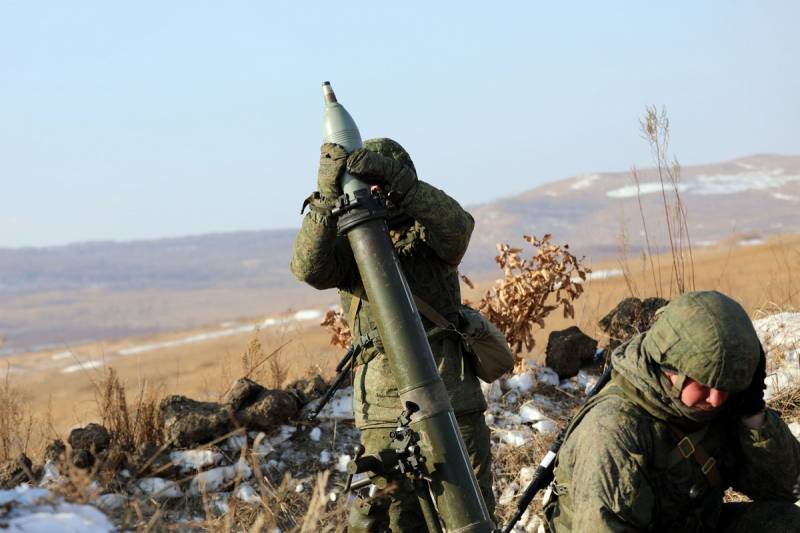
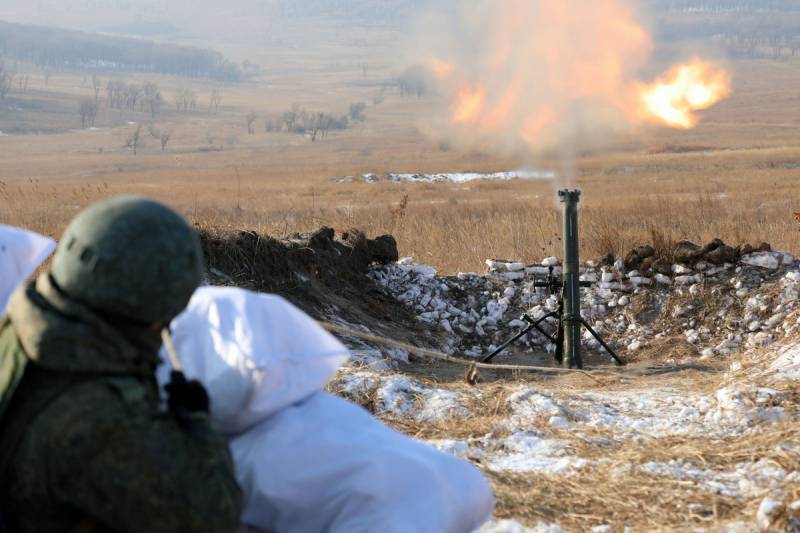
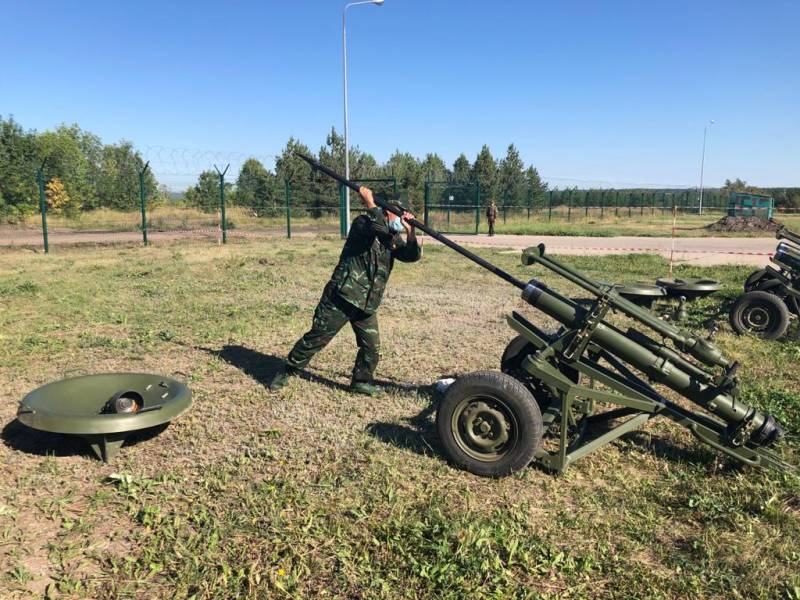
Information